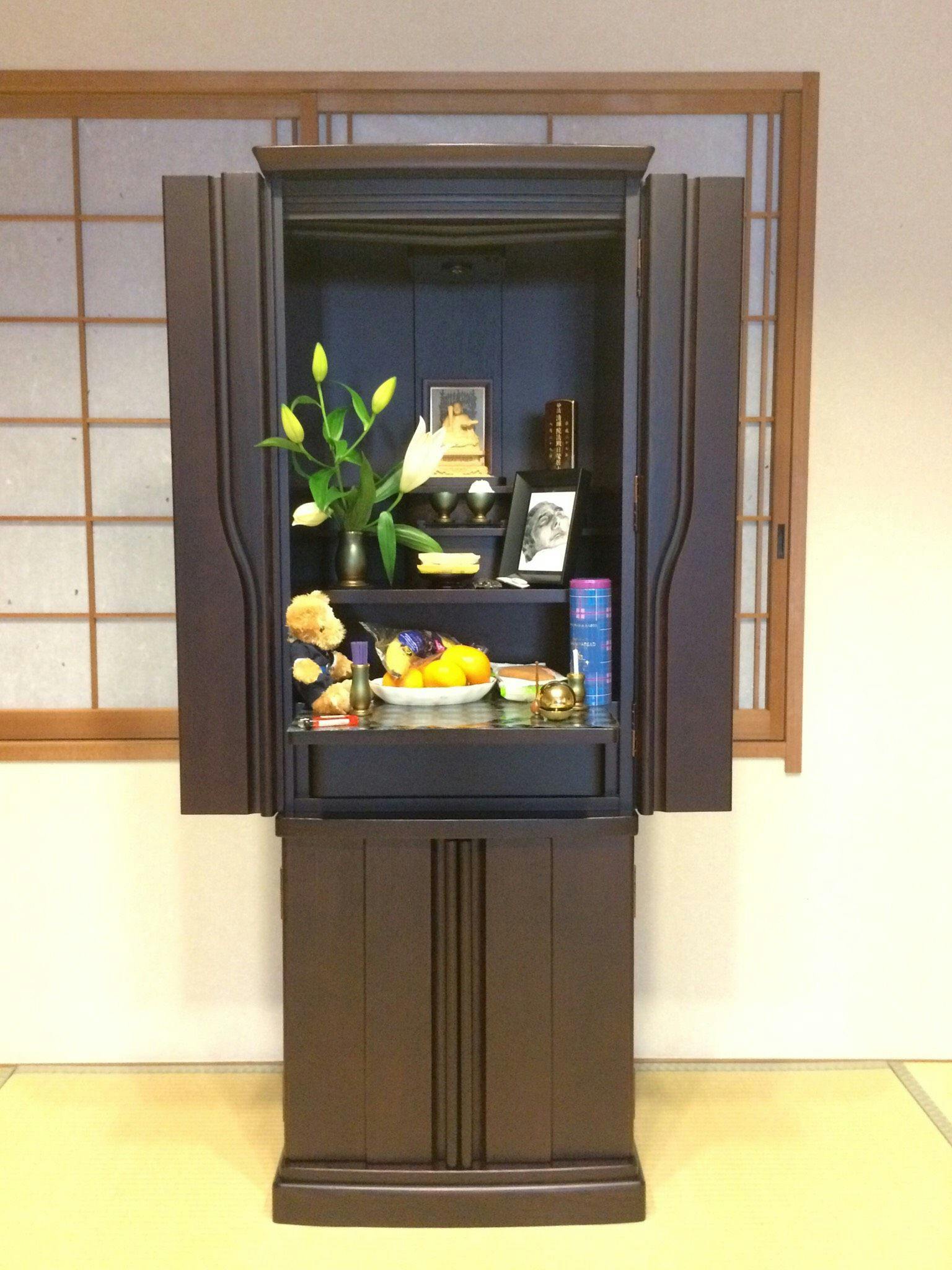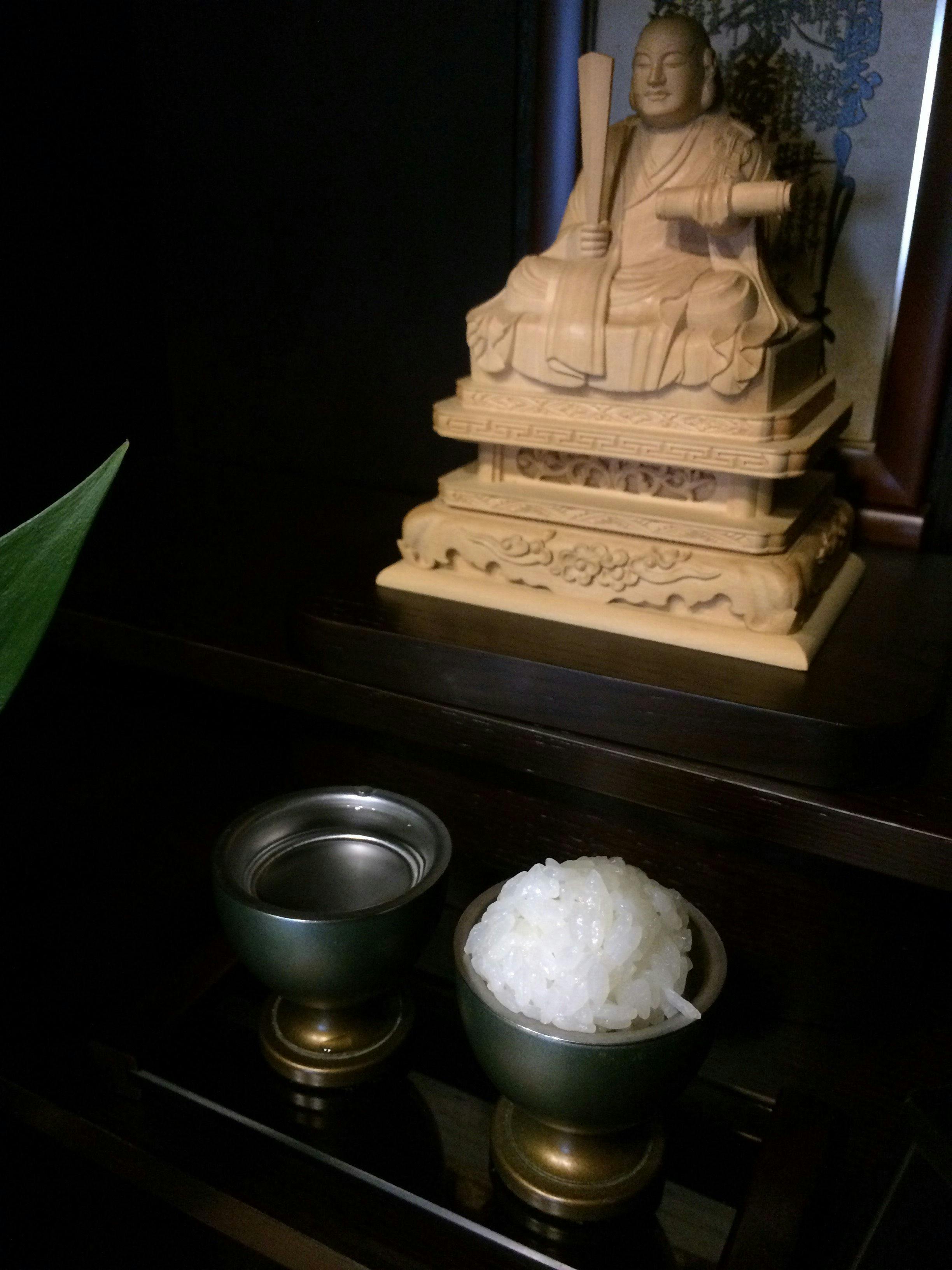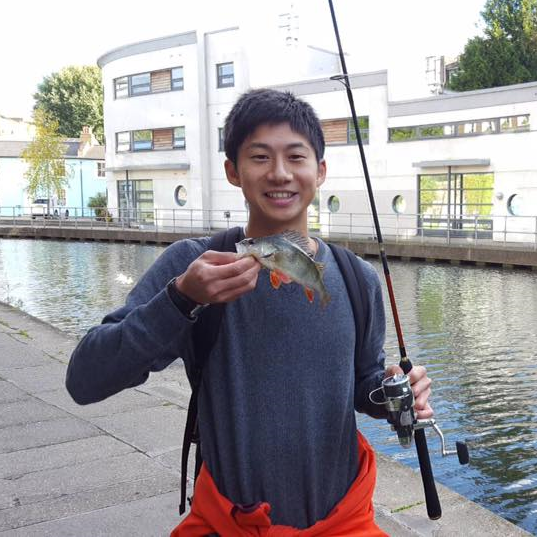When I share my experiences about London with my Japanese friends, one of the most frequently asked questions is, 'what is Britain's staple food?' For this question, my answer usually follows, 'well, maybe potatoes, but not sure'. I always find it difficult to give a clear answer to my friends, mainly because comparatively, Japan has a prominent and well-known cuisine that is more or less recognised worldwide - rice.
In Japan, rice is highly revered. It is intrinsic in the culture, which in Japan is inseparable from nature, and ethics. In Japanese language for instance, gohan, meaning meal, can also represent rice. Moreover, it can precisely translate to a bowl of rice, as rice is usually served in this way. In a restaurant, for example, if you said, 'may I have gohan?', then you will be served with a bowl of rice. In addition, children in Japan are usually raised with mannerisms that teach them to truly appreciate the crop, as they are told by their elders to finish all the rice served, not leaving a single grain. The common thought behind this is that even one individual grain is a product of huge effort by the farmers and is blessing of nature, and so to leave anything behind is disrespecting nature and neglecting the efforts of the people.
It is truly impossible to cover all the admiration given to rice in Japan, but I selected some photographs below to give you a taste of how rice is treated in this country.
!<(Top) Figure 1; (Bottom) Figures 2 (L) and 3 (R)>
Rice is commonly served by itself in a bowl and is to be eaten with other dishes (Figure 1). It is also served in a form of rice balls (onigiri in Japanese, Figure 2) or in a bowl with other garnishings on it, which is called don. Figure 3 shows a shirasu-don, which has whitebait (shirasu) on top of the rice. Furthermore, rice can also be turned into an alcoholic drink, known as sake in English or nihon-syu in Japanese (sake in Japanese just generally means alcoholic drinks). Rice is also grained into a fine powder at times and used for snacks and sweets.
Figure 4 portrays rice paddies in summer and this is a typical scenery of satoyama. Although there are various definitions, the term itself is Japanese and is applied to a realm where people and non-human beings coexist. It can be divided into sato, meaning a place where people live, and yama, meaning mountain or forest. A key concept of satoyama is nature with human influences and it does not clearly cut out a human realm from a non-human realm. For instance, rice paddies are maintained by a complex combination of human and non-human activities: plowing and irrigation of the land by humans, growth of rice plants under the rain and sunshine, pests for rice plants being eaten by birds and frogs, and the list goes on.
!<Figures 5 (L) and 6 (R)>
Rice cropping is an important traditional activity among Japanese people, and is conjoined with notions of changing seasons. Japanese literature, for instance, has many seasonal words (kigo), and rice planting is associated with early summer, and rice harvesting with the autumn. Additionaly, the reverence given to rice cropping in the culture can be understood through an ancient nickname given to Japan: mizuho-no-kuni, meaning "a country of lush ears of rice." These days, however, a large part of the population, especially in urban areas, has fewer and fewer opportunities to engage in or even witness rice cropping processes. Figure 5 and 6 show a rice harvesting event in Chiba prefecture (east of Tokyo) hosted by a local guesthouse.


!<Figures 7 (L) and 8 (R)>
Rice is a common offering on family Buddhist altars. It is usually offered in specific small bowls. Although Buddhism originated in India, it has also influenced Japan, as many of its dogmas have been adapted to Japanese culture, one of them being the offering of rice. On the other hand, in Shintoism, a traditional religion of Japan that practices animism, rice is also used for its offering, but in a form of sake.
